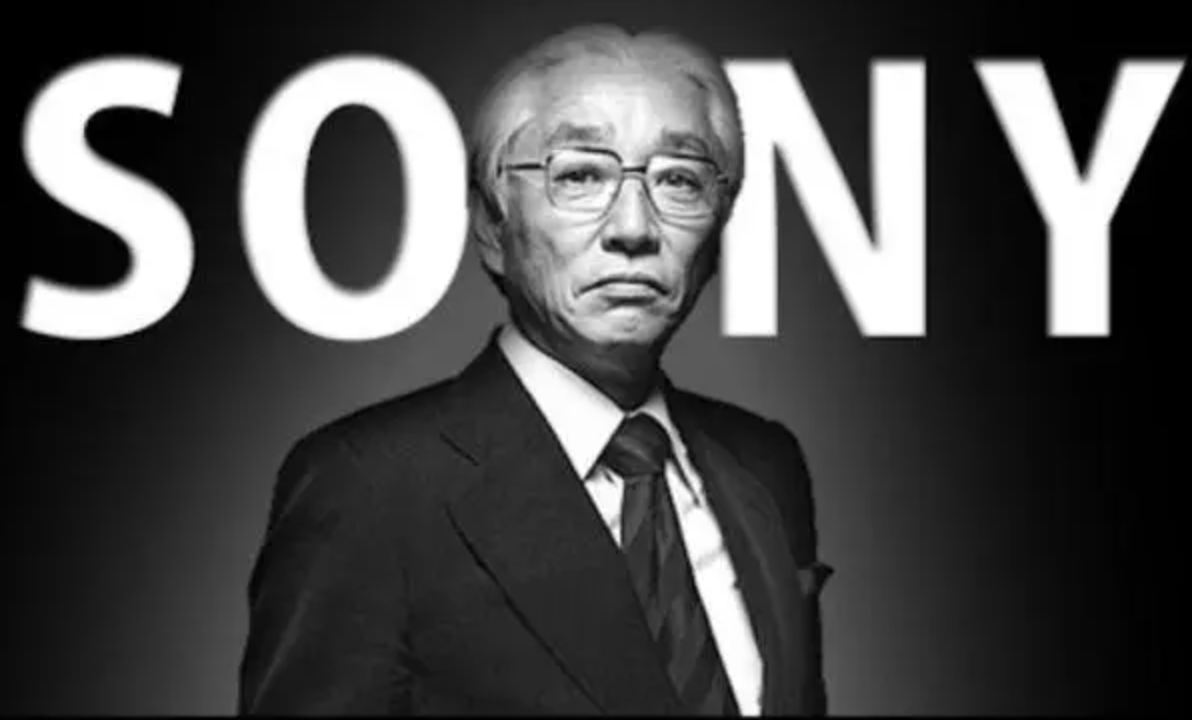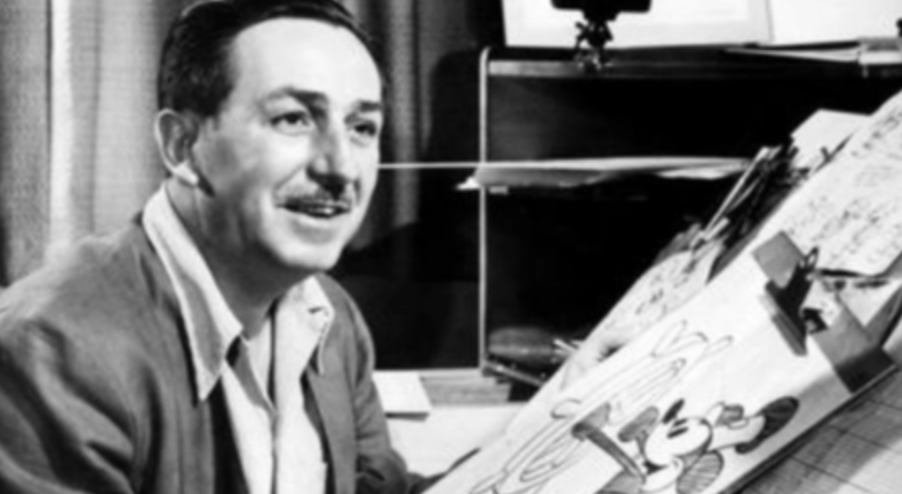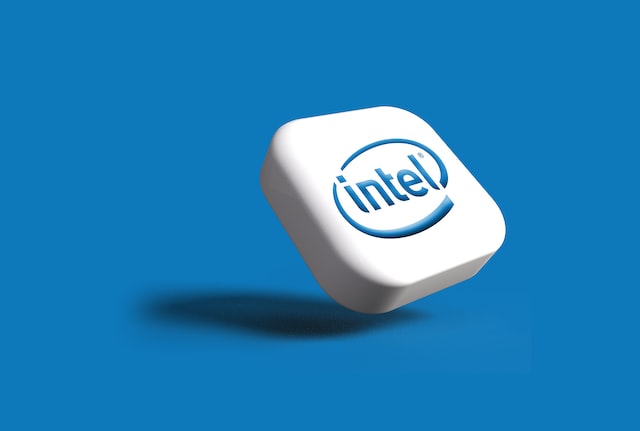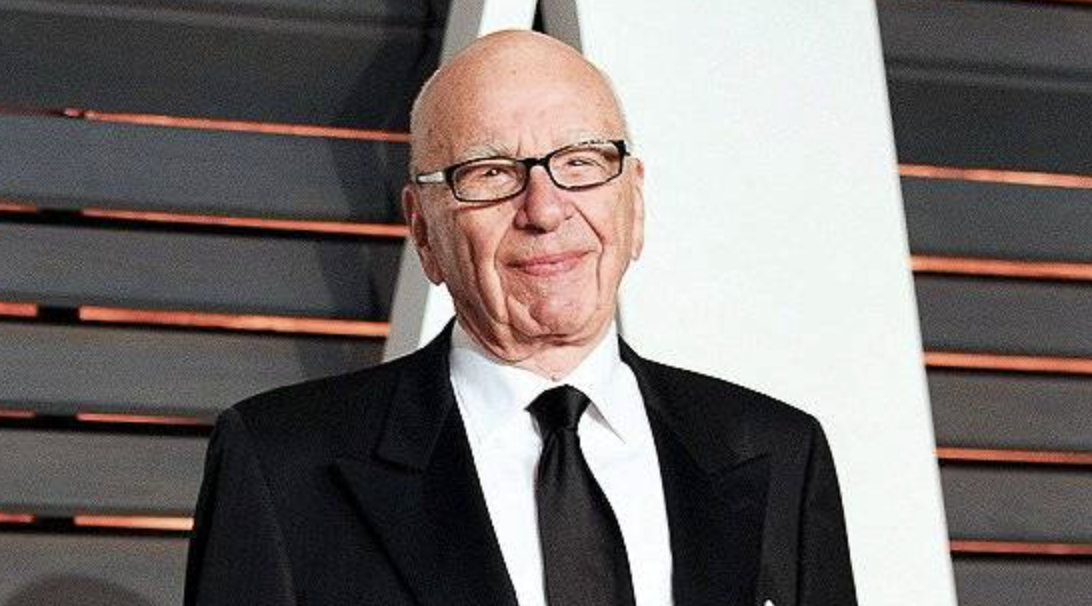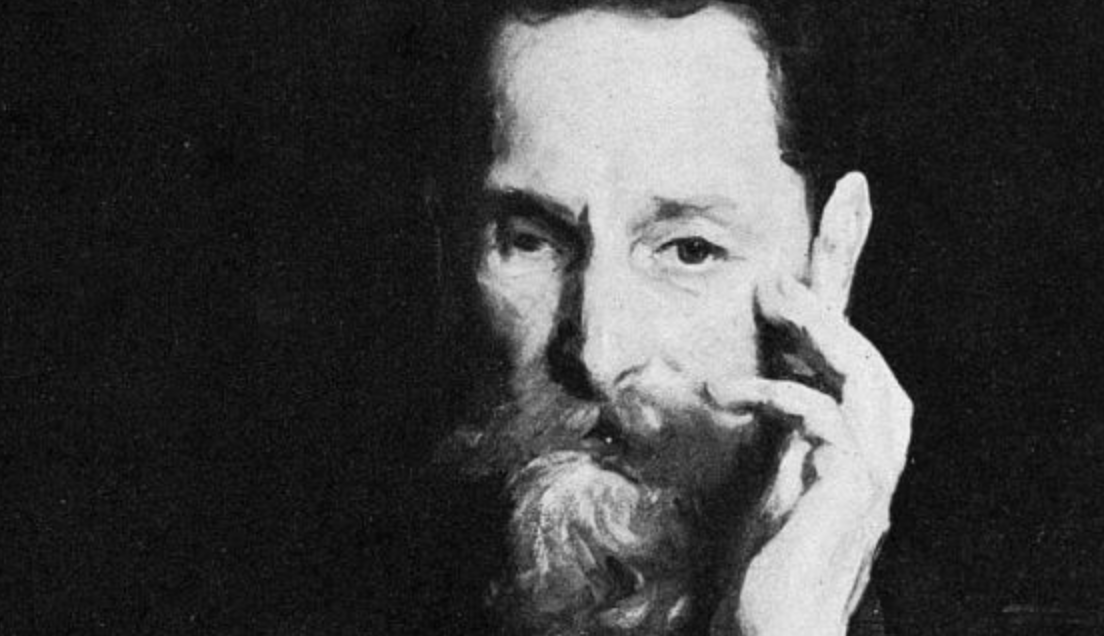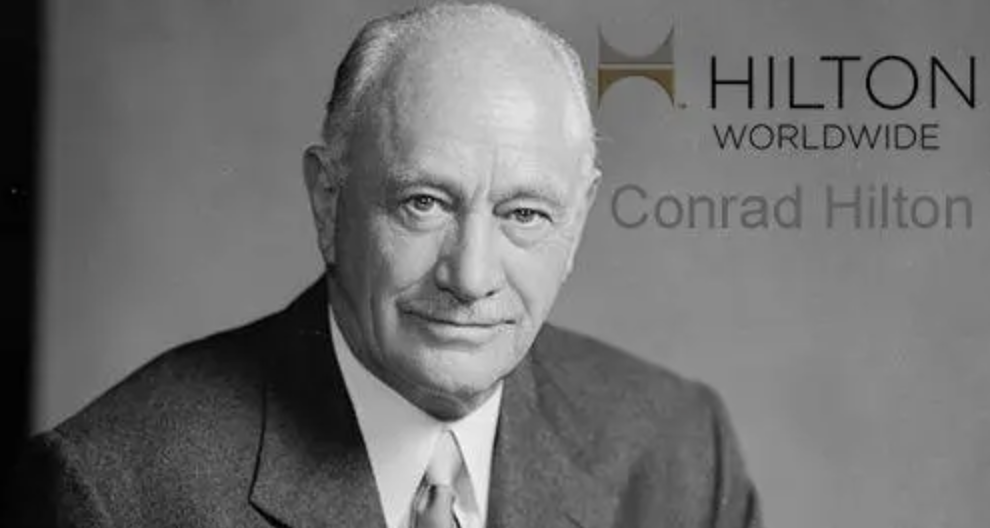Akio Morita (26 January 1921 - 3 October 1999) was born in Nagoya, Aichi Prefecture, Japan. He graduated from the Eighth High School (now Nagoya University) and Osaka Imperial University (now Osaka University). He is known as the "Sage of Management".
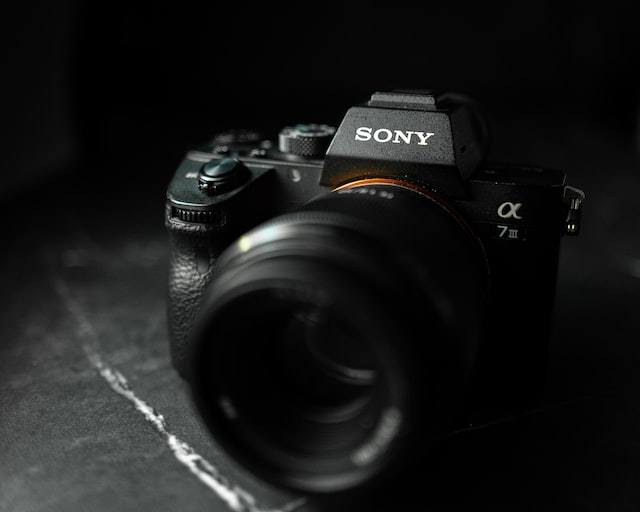
In 1945, Akio Morita graduated from Osaka Imperial University's Faculty of Science with a degree in physics, and on May 7, 1946, together with his friend Fukudai Ii, he founded Tokyo Communication Industry Co. In 1960, Akio Morita became President of Sony Corporation of America. In 1971, he became President and Chairman of Sony Corporation after the company went public. In 1979, under the leadership of Akio Morita, Sony developed the Walkman, which became a worldwide hit. In the 1980s, Akio Morita embarked on a strategy of "promoting hardware products with software", and completed the integration of domestic and overseas resources. In 1993, Akio Morita suffered a stroke and was named one of the 20 most influential business people of the 20th century by Time magazine in 1998, the only Asian to do so.
At 10.25am on 3 October 1999, Akio Morita died of pneumonia at the age of 78 at the Saiseikai Central Hospital in Tokyo.
Early years
Born on 26 January 1921 to a wealthy family in Nagoya, Aichi Prefecture, he was the eldest son of the 15th generation of the Morita family, whose ancestral brewery company, the "Kotsu Nikkatsu", had been famous in Japan for centuries. At the age of 10, Akio Morita was taken by his family to the company's offices and brewery to observe board meetings, but he did not become interested in the sake business.
In junior high school, Morita became fascinated with electronics and made some simple electronic devices, but as he spent all his spare time on his hobby, his academic performance fell, but fortunately Morita eventually enrolled in the Faculty of Science and Engineering at the Eighth Higher School (now Nagoya University) and studied physics under Tsunesaburo Asada, a professor of applied physics, in his senior year.

In April 1942, he entered the Faculty of Science and Engineering at Osaka Imperial University (now Osaka University) to study physics, and in 1944, at the age of 23, after graduating from university, he entered a Japanese army research institute through a connection in order to avoid military service at the front.
Establishment of Tōtō Engineering
In May 1946, at the end of the Second World War, Morita was invited by Inoue to set up a radio company in Tokyo, Tokyo Communication Industry Co. The Morita Liquor Company then invested 190,000 yen in Todongkyo.
In 1950, the first tape recorder in Japan was developed and 50 were produced, but as the product was new to Japanese consumers and too expensive to sell, Akio Morita turned to selling tape recorders to the Japanese administration, eventually achieving a good response in schools and courts.
In 1953, Akio Morita turned his attention to the transistors developed at Bell Labs and borrowed $20,000 from his father to travel to the United States to purchase a patent for the transistor technology, which was still unavailable at the time.
In 1955, the board of directors decided to accept an order under another brand name as no distributor could be found for transistor radios at the start of the American market, but Akio Morita refused the order for 100,000 units in order to maintain the company's brand image, despite the board's objections.
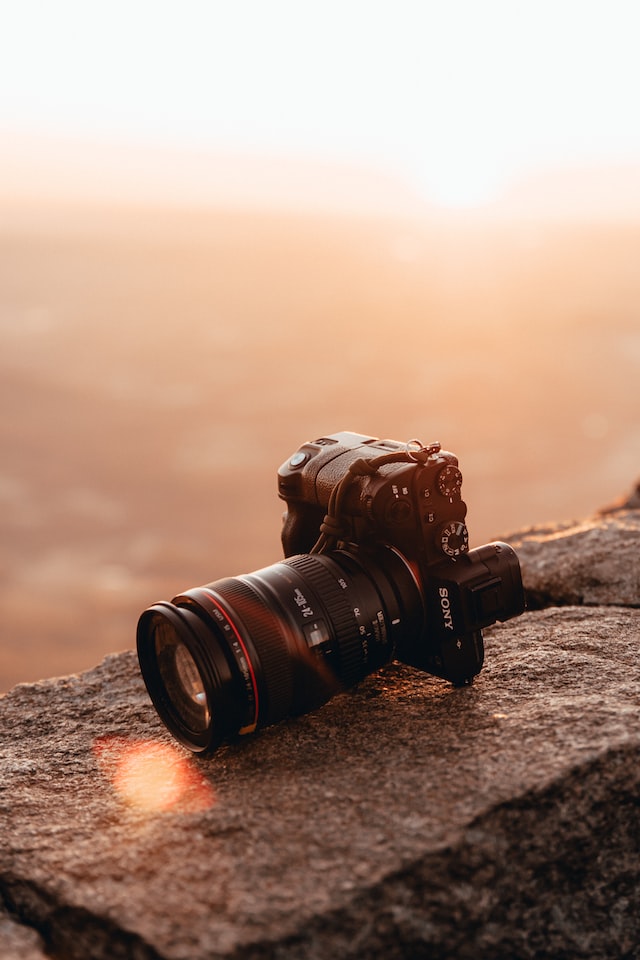
In 1957, under the leadership of Akio Morita, a portable semiconductor radio was developed that could be carried in a pocket, and 1.5 million units were sold, most of them to the US market.
The Sony era
In January 1958, Akio Morita and Inoue convinced the dissenting board of directors to change the name of the company to "Sony". "Ltd. was changed to "SONY", and Morita began to promote the SONY brand. In December of the same year, Sony shares are listed on the Tokyo Stock Exchange.
Leading a new trend
Sony's success in creating markets and always leading new trends lies not only in capturing markets, but also in creating them. While general operators operate according to the needs of the market, Sony dares to create demand, so that demand emerges and increases with Sony's new products. The secret of Sony's market creation is to constantly develop new products and to win with newness. The process of Sony's development can be described as one of not shying away from investing in innovation. For many years, Sony under Akio Morita maintained an annual expenditure of 6% on research and development of new products, in some years as much as 10%, for example, in 1991 the company's budget for research and development amounted to US$1.5 billion. Akio Morita said, "Our plan is to lead the trend with products, not to ask which products are needed." Sony is all about producing certain products that have never been sold on the market - in fact, products that have not been manufactured. According to statistics, Sony launches an average of four new products a day and 1,000 a year, 800 of which are improvements on the average of four new products a day and the rest are entirely new creations. The new products launched by Sony are the most efficient in the world. In addition to its relentless investment, Sony has two large and powerful scientific and technical teams, or high-tech forces, which undertake the task of developing and creating the most exciting products, so that Sony is able to expand its sales while other competitors are cautiously and anxiously waiting to see what happens. In the meantime Sony had made a lot of money and had come up with new innovations, new products, and would regain the market with new products. In the decade from 1955 - 1965, Sony produced world-leading semiconductor radios, recordings, crystal radios and home televisions with solid-state circuits, giving Sony a reputation as a pioneer. In the decade from 1965 to 1975 Sony continued to bring groundbreaking new products to market, such as colour televisions, and its business prospered.
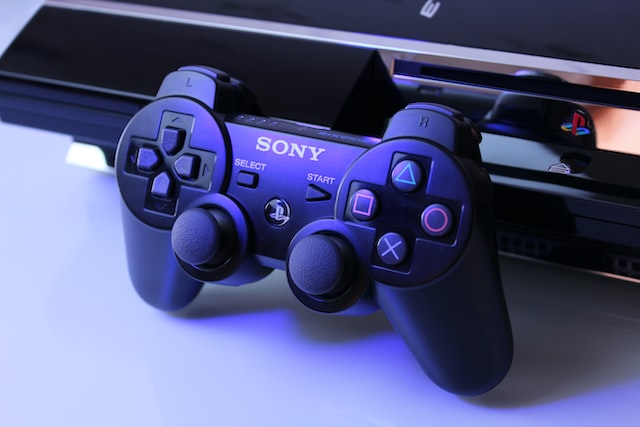
Winning with the new
The power of the new is endless. The new is the new and the old is changing fast. Sony developed three types of electrical appliances that changed the way people listened, watched and worked, making the old life irreversible.
The original president of Sony, Inoue, was a golf fan and a music fan, and he dreamed of one day producing an appliance that would allow him to listen to music while playing golf, so that those who were out walking, rushing or taking a bus could also listen to music while doing other things. Inoue drew this idea on a piece of paper and told the scientific staff at the laboratory. The research team immediately carried out painstaking research based on his idea and, with the cooperation of the whole company and the electronics department, finally overcame the difficulties and made the dream a reality with the development of a mono-playing machine with a cassette.
While major radio stations in the US were making use of video, Akio Morita thought that people should be able to do the same at home. The large format VCRs used by radio stations were both inconvenient and very expensive, and Sony set out with the goal of introducing such machines into the home. Although television gave people a whole new world, it also had the disadvantage that no matter how good and interesting a television programme was, it could not save information and people had to change their schedules for this reason. Sony developed a new concept of "watching TV programmes without time constraints" and pioneered the cassette recorder, applying the concept of time shifting to video and making it available to the public, another step ahead of the competition. This was also the case with the development of the mass market cassette tape, where Inoue Fukuda took a pocket-sized book and said to the techies, "Please make a cassette tape this size!" That was the goal, a video cassette the size of a book and capable of recording at least one hour of programmes. And so the BETMAX system was soon launched.
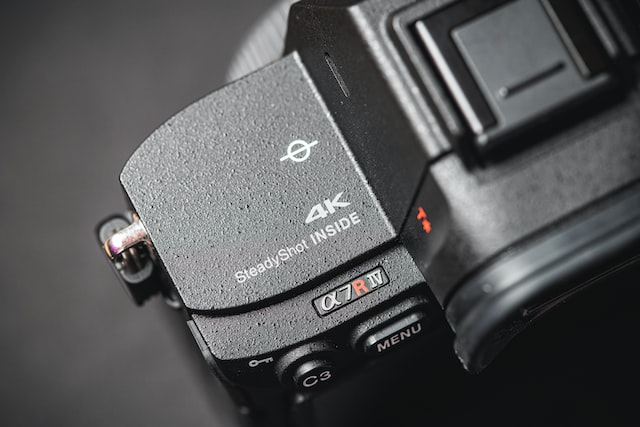
Launch of the Palm Microcomputer
Noticing the high efficiency of staff in large corporations and government departments in Western European countries, Sony wanted to create a secretarial tool that would be more efficient than the Western European staff, and after painstaking research and trial production, soon launched an electronic notepad with microcomputer note-taking functions. Another two years later, Sony introduced the Palm Microcomputer, which was launched in 1990 and sold for US$1,250. As it was still large and expensive, it did not sell very well. Sony immediately researched and improved it, and only a year later launched the Palm Micro II, which became even smaller and cheaper at US$500, selling over 100,000 units as soon as it was launched. Soon, this notebook with microcomputer functions became popular not only in Japan but also in Europe and America.
Akio Morita constantly told his staff that they could not be satisfied with what they had achieved, because everything was changing rapidly, not only in the field of technology, but also in people's ideas, opinions, fashions, hobbies and interests, and that no company could survive in the business world if it did not appreciate the significance of these changes, especially in the high technology field of electronics. Sony has relied on constant innovation to create markets and its business has grown rapidly to become a major global player, with 113,000 employees, a turnover of US$25.6 billion in 1990, three-quarters of its products exported abroad and sold in nearly 200 countries and regions around the world, and it holds technology patents in 178 countries and regions around the world.
Akio Morita was one of the key entrepreneurs who helped the country rise from the ashes after the war. Portable semiconductor radios, home video recorders and Walkmans were all born in his hands. He was not only an entrepreneur, but also a dynamic manager. He was a strong advocate of the Japanese style of management, but he was also one of the few early Japanese entrepreneurs to go to the United States to learn the spirit of Western management, and the best of Eastern and Western management culture flourished in his hands.
The semiconductor television set
It didn't take long for Sony to launch the world's first semiconductor television set, along with countless other innovative products. Like Rand, the famous American entrepreneur who invented the Polaroid, Akio Morita was reluctant to intervene in an already crowded market; he wanted to create his own new market and had a unique eye for identifying market needs, sometimes unbeknownst to consumers, with a precision that is the stuff of legends. Akio Morita was convinced that a company must lead the consumer's tastes rather than lag behind them, a prime example of this being the Walkman.
Akio Morita was convinced that if he had gone to market research before the Walkman was withdrawn and asked consumers if they wanted to buy such a product, the answer they would have received would inevitably have been no. But Akio Morita was so confident in the future of the Walkman that he saw his children playing music all day, many people listening to radio stations in their cars, and some even carrying large radios to listen to music in the street. Sony's engineers were hesitant to produce a Walkman without a recording function, but Akio Morita was very insistent. He asked them to make the Walkman a size that people could carry around with them.
The secret of success
Under the leadership of its founder, Akio Morita, Sony was able to break into the US market after a successful global campaign. It finally went public in the US in 1970 and became an international business hero. In summing up the secret of his success, Akio Morita attributed all his success to his customers. However, what you may not know is that Akio Morita has a little secret that has brought big success to Sony.
Akio Morita had a villa in the countryside and in its study was a computer that no one was allowed to touch. Could this computer be a treasure? This computer was really a priceless treasure for Sony.
It turned out that Akio Morita used this computer for customer relationship management, in which he kept information about more than a thousand of his important customers. Before he went to see a client, he would open the computer and browse through the important information about the client before he went out with a clear mind.
On one occasion, Akio Morita invited a major client to dinner, during which he suddenly said to the client, "Congratulations, your mother is celebrating her 70th birthday tomorrow and I have prepared a gift for her as a birthday present. The client was surprised and very grateful to Akio Morita. Naturally, their collaboration was a happy and successful one.

There are countless such stories about Akio Morita. With such good customer relationship management, it is no wonder that Sony's business has expanded so quickly.
Well-loved
Akio Morita was loved by his employees and they were loyal to the company. He had a gentle personal charm, an optimistic nature and a passion for pursuing new experiences. He was in his 50s when he learned to ski and dive, and later in his 70s he continued to play tennis regularly.
Social skills
Mr Morita's dynamic and approachable personality enabled him to form a wide base of personal contacts both within Japan and around the world. He fought tirelessly to build bridges between Japan and other countries, and in particular worked hard to help Japan build a wide range of economic relationships in order to make Japan a member of the international community. Mr Morita made his beliefs clear in a frank and down-to-earth manner, and he was one of the few Japanese to play a leading role on the world stage. As a result, Mr Morita's statements always attract attention.
As a representative of the Japanese business community, Mr Morita acted as host to various conferences, including the Japan-US Chamber of Commerce, the Trilateral Association and the World Economic Forum in Davos. He also helped to ease trade frictions between Japan and the United States, helping to strengthen relations through his leadership positions in the Keidanren (Japan Federation of Economic Organizations), the Japan-US Economic Relations Group (known as the "Sage Group") and other organisations. As the author of Made in Japan and other books, he worked to promote mutual understanding between Japan and the rest of the world.
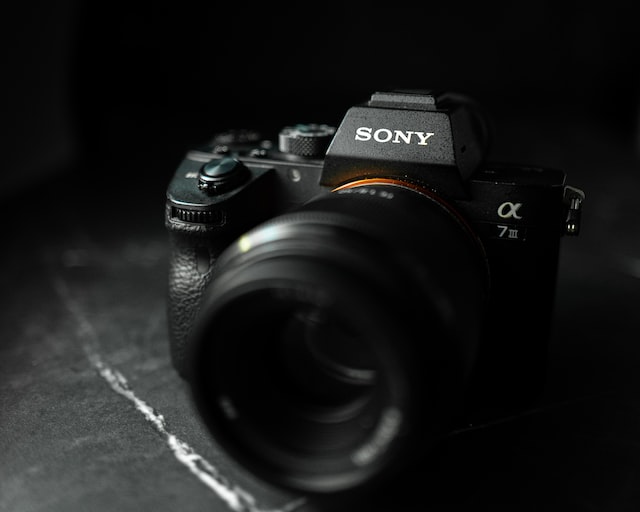
Henry Kissinger said of Akio Morita: "I feel that the Japanese are not very easy to communicate with. Once they get out of their own circle and need to communicate with other cultures, it is difficult to communicate because they do not feel they have the power to make decisions independently. Akio Morita is an exception. Although he is a very patriotic Japanese, a staunch defender of the Japanese concept, he is able to communicate in a non-Japanese way ...... He is probably the most diplomatic Japanese person I have ever met."




